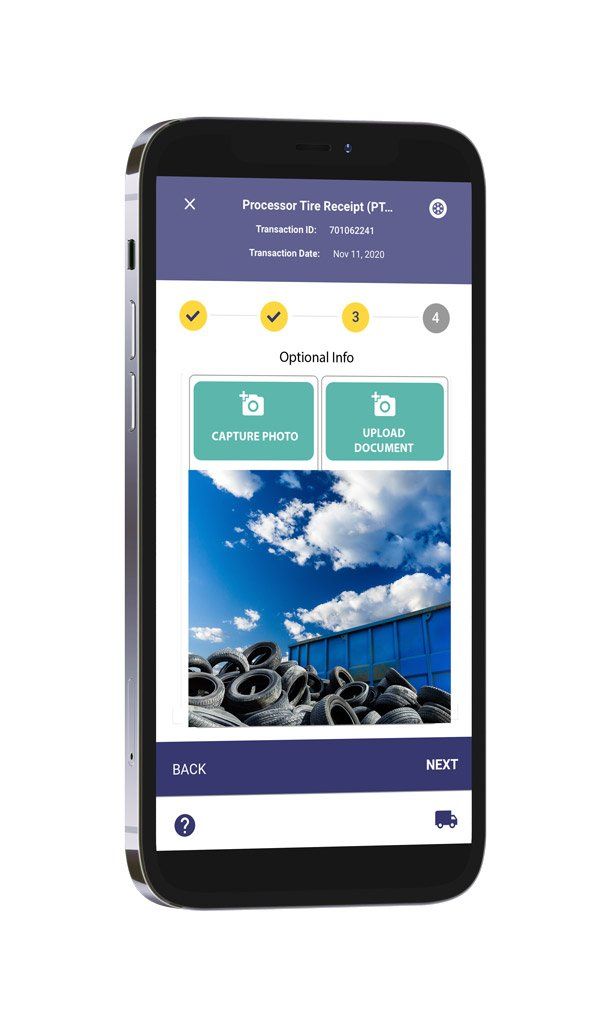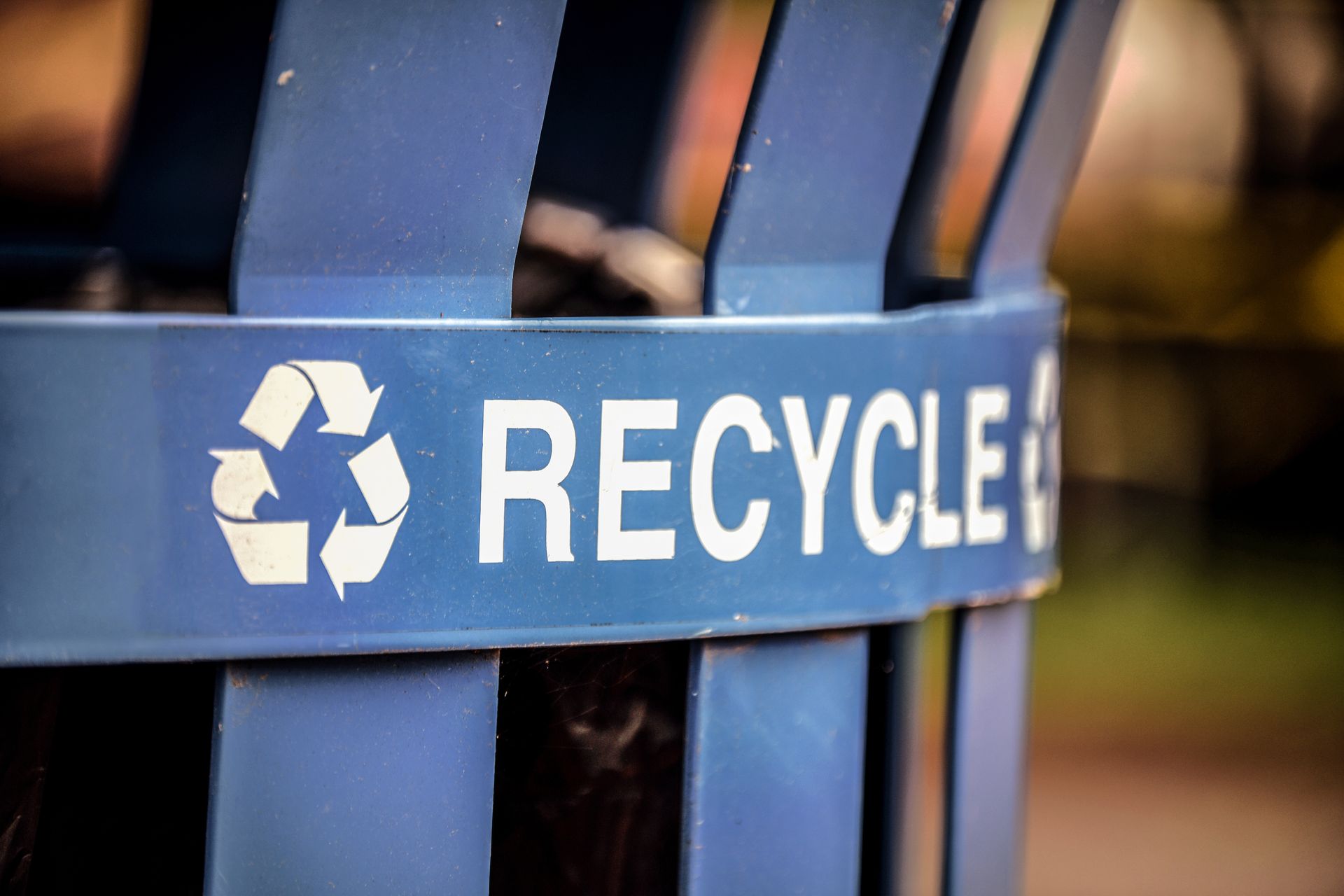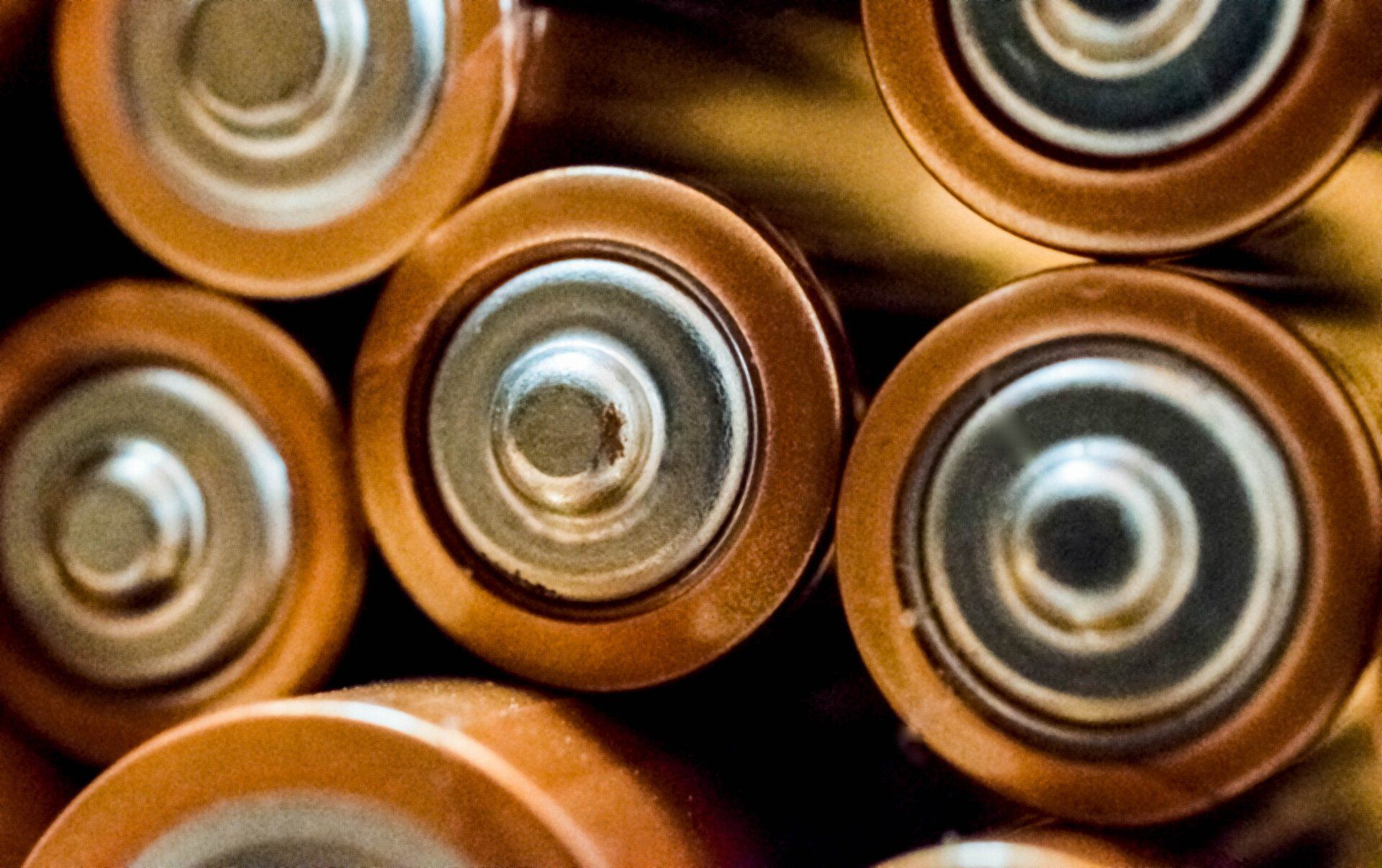By Bridget Vandenbosch
•
August 12, 2023
In the heart of every transformative endeavour lies a story of innovation and progressive thinking. Around the globe, the push towards a more sustainable future is gaining momentum. A potent catalyst in this transformation is the rise of Extended Producer Responsibility (EPR) programs. Nova Scotia, a province deeply committed to sustainable initiatives, finds its narrative enriched by the newly announced Extended Producer Responsibility (EPR) programs. It’s a significant step toward reducing waste and promoting resource recovery from packaging, paper products, lamps, batteries, and small household electric appliances. EPR is reshaping product designs and promoting a culture of recycling. Nova Scotia is just one example in a global movement of continued expansion of EPR programs and initiatives. When it comes to driving greater environmental outcomes in resource recovery, it's essential to recognize that while EPR is the compass, the meticulous tracking of resource recovery via advanced recycling software is the engine propelling sustainability. Leveraged effectively, data can refine methodologies, augment environmental stewardship, and create lasting changes that have tangible impacts on our planet. Understanding the intricacies of waste management and recycling becomes infinitely more actionable with precise data.









